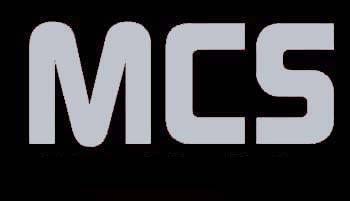
|
|
|
|
|
|
Classic Bikes
Custom Bikes
Individual
Racing Bikes AJP
AJS
Aprilia
Ariel
Avinton / Wakan
Bajaj
Benelli
Beta
Bimota
BMW
Brough Superior
BRP Cam-Am
BSA
Buell / EBR
Bultaco
Cagiva
Campagna
CCM
CF Moto
Combat Motors
Derbi
Deus
Ducati
Excelsior
GASGAS
Ghezzi Brian
Gilera
GIMA
Harley Davidson
Hero
Highland
Honda
Horex
Husaberg
Husqvarna
Hyosung
Indian
Jawa
Kawasaki
KTM
KYMCO
Laverda
Lazareth
Magni
Maico
Mash
Matchless
Mondial
Moto Guzzi
Moto Morini
MV Agusta
MZ / MuZ
NCR
Norton
NSU
Paton
Peugeot
Piaggio
Revival Cycles
Roland Sands
Royal Enfield
Sachs
Sherco
Sunbeam
Suzuki
SWM
SYM
Triumph
TVS
Ural
Velocette
Vespa
Victory
Vincent
VOR
Voxan
Vyrus
Walt Siegl
Walz
Wrenchmonkees
Wunderlich
XTR / Radical
Yamaha
Zero
Video
Technical
Complete Manufacturer List
|
Honda CB 650SC Nighthawk
The CB650SC (also called the Nighthawk 650) is a Honda standard motorcycle sold in the US from 1982 to 1985. In 1982, the Nighthawk replaced the Custom of the previous years and featured a re-designed tank and side covers. In 1983-1985 a new DOHC engine replaced the SOHC engine used from 1979-1982. The new engine had hydraulic valve lash adjusters and was rubber mounted. This year also saw the move from chain drive to shaft-drive for this model.
Road Test Cycle 1982 Nighthawk defined: A bird to steal in the dead of the night. Once upon a time, a committee at Honda had a pretty intriguing idea. Looking around at cruisers on the one hand and sport bikes on the other, the think-tank members wondered whether they could blend elements of cruiser styling with those from functional sport bikes. The Nighthawk became a bird apart—a functional motorcycle with an arresting appearance. In 1982, the Nighthawk, priced at $2748, was a bargain. Still, the motorcycle looked unusual. Nineteen-eighty-three stretched the boundaries of taste. Once enthusiasts decided motorcycles didn't have to have a particular look, tastes proved downright eclectic: Shadows, Interceptors, Gold Wings, Magnas, etc. Beneath the Nighthawk trappings lies Honda's basic eight-valve, single-overhead-cam, four-cylinder 650; this engine has roots in the original 500/550 series which is to say, Honda has more than a decade of experience building these motorcycles. The 650s are as reliable as stones and may last longer. Think of the 650 Nighthawk as a motorcycle for worriers who hate to worry. Worriers-gather themselves up to full fret at the thought of sixteen-valve engines, secondary radiators, and the possibility that they'll arrive at the parts counter an hour after the last part was sold. Six-fifty Nighthawk owners rest assured that every mechanic who can pronounce the word "Honda" knows something about the CB650. Although the new-generation 1983 Nighthawk has superseded the eight-valve Nighthawk series, Honda engineers kept the 1982 650 current to the end. The leading-axle front fork carries Syntallic bushings for friction-free action, and Honda's latest front disc brakes with twin-piston calipers are first rate. The front suspension is telescopic adustable: air-adjustable fork. The twin shocks have two-stage rear damp and five spring-preload positions. The handlebar is adjustable, 30mm vertically and 25 degrees horizontally. Nice. Source Cycle 1982
|
|
|
Any corrections or more information on these motorcycles will be kindly appreciated. |